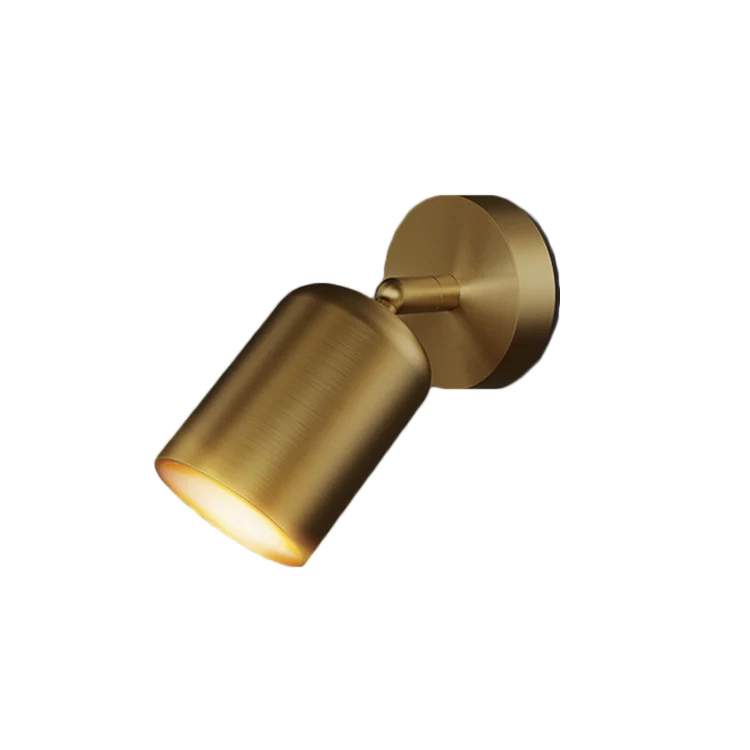LEAFLETS
PRODUCTS
Table Lamp Warmth and Glow
The Design Elements of Warmth and Glow
Achieving a genuine "warmth and glow" in a table lamp design requires a careful consideration of several key factors. The most crucial is the choice of light source. Incandescent bulbs, despite their phasing out due to energy efficiency concerns, remain the gold standard for creating that truly warm, inviting glow. Their filament produces a yellowish, amber light that mimics the comforting light of a fireplace or candle. While LED bulbs have come a long way in mimicking this effect with adjustable color temperatures, they often fall short of replicating the subtle nuances and richness of an incandescent bulb's light. Many modern "warm white" LEDs still appear somewhat stark in comparison.
Beyond the bulb, the lampshade plays a vital role. Materials such as linen, silk, or paper, particularly those with a textured surface, diffuse the light beautifully, preventing harsh shadows and creating a softer, more enveloping ambiance. The color of the shade itself contributes to the overall warmth. Shades in earthy tones like beige, cream, or terracotta amplify the cozy effect. Opaque shades are preferred over transparent ones as they prevent glare and better diffuse the light, fostering a more intimate and relaxed feeling. The shape of the shade is also important; conical or bell-shaped shades tend to distribute the light more evenly, creating a wider pool of illumination.
Finally, the base material also contributes to the perceived "warmth." Materials like wood, ceramic, or even brushed metal can evoke a sense of tactility and naturalness, enhancing the overall feeling of comfort and inviting aesthetic. The color and texture of the base should complement the shade and the overall design aesthetic to create a cohesive and visually appealing piece.
The Psychological Impact of Warm Lighting
The influence of lighting on our mood and well-being is well-documented. Warm-toned lighting, as typically emitted by lamps designed for warmth and glow, has a demonstrably positive impact on our psychological state. It creates a sense of relaxation and security, lowering stress levels and promoting feelings of comfort and contentment. This is partly due to the biological effects of light on our circadian rhythm; warmer light signals to our brains that it's time to wind down and prepare for sleep.
The gentle, diffused light of a well-designed table lamp contrasts sharply with the harsh, overhead lighting often found in modern environments. This softer illumination can contribute to a sense of calm and intimacy, making spaces feel more welcoming and inviting. It's ideal for creating a cozy atmosphere for reading, relaxing, or engaging in contemplative activities. The absence of harsh shadows also reduces eye strain, further contributing to a sense of relaxation and comfort.
Furthermore, the association of warm light with traditional forms of illumination, such as fireplaces and candles, taps into our innate sense of nostalgia and comfort. These associations evoke memories of warmth, safety, and connection, adding an emotional dimension to the purely functional aspect of lighting.
Table Lamps in Interior Design
Table lamps are versatile elements in interior design, offering a way to introduce warmth and personality to various spaces. Their strategic placement can dramatically impact the overall ambiance of a room. Placed on a bedside table, they create a soothing atmosphere conducive to sleep. On a living room side table, they offer a soft, inviting light for conversation and relaxation. In a study or home office, they provide focused task lighting while simultaneously contributing to a calming and productive workspace.
The style and design of the table lamp should be chosen to complement the existing décor. A rustic-style wooden lamp with a linen shade would be perfectly at home in a farmhouse-style setting, while a sleek, modern lamp could enhance a minimalist interior. However, regardless of style, the key is to choose a lamp that emits a warm, inviting glow, thereby contributing to a cohesive and aesthetically pleasing space. Consider the interplay of textures and colors, ensuring that the lamp enhances rather than detracts from the overall design scheme.
Multiple table lamps can be used strategically to create layered lighting, providing both ambient and task lighting. This layered approach adds depth and richness to the space, creating a more dynamic and inviting atmosphere. Using table lamps in this manner allows for a flexible and personalized approach to illumination, allowing individuals to tailor the lighting to their specific needs and preferences throughout the day.
The Evolution and Future of Warm Glow Lamps
While the core principle of creating a warm and inviting glow remains constant, the technology and design of table lamps are continuously evolving. The shift towards LED technology, while initially challenging in terms of replicating the warmth of incandescent bulbs, has led to advancements in color rendering and dimming capabilities. Modern LEDs now offer greater control over color temperature and brightness, allowing for finer adjustments to suit individual preferences and moods.
Smart home technology is also integrating with table lamps, offering features such as voice control, app-based adjustments, and even color-changing capabilities. This integration allows for even greater personalization and control over the lighting environment, creating a dynamic and responsive atmosphere. However, the challenge remains in ensuring that this technological advancement does not compromise the core essence of "warmth and glow," preserving the sense of comfort and intimacy that defines this type of lighting.
The future of table lamps designed for warmth and glow likely lies in a balance between technological innovation and a commitment to the timeless qualities that make them so appealing. As technology evolves, the focus will remain on creating lamps that not only provide functional illumination but also contribute to a sense of well-being, relaxation, and emotional comfort, enhancing the overall quality of our living spaces.
SUBSCRIBE
INQUIRY










